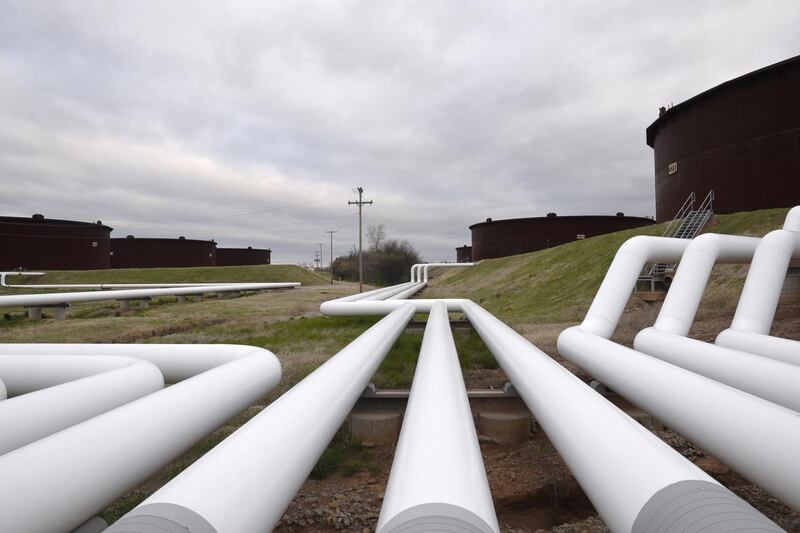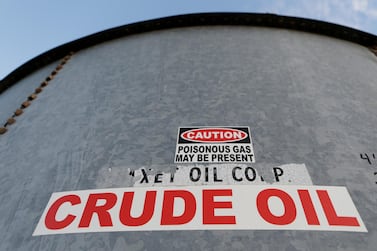Abu Dhabi's Murban crude grade, which began trading on March 29, could serve as a "hedge" for similar Gulf and other crudes sold to Asia, the International Energy Agency said on Wednesday.
Murban, a premium grade, could be used to hedge deals in grades linked with US benchmark West Texas Intermediate, as well as West African and North Sea grades priced in Brent, the international marker, the report said.
The Abu Dhabi crude grade closely matches the light, sweet properties of Brent, under which two thirds of the world’s oil is traded.
Currently, crude grades sourced from the Atlantic Basin and sold into Asia are hedged against WTI or Brent futures and associated over-the-counter instruments.
“Wider changes in regional Gulf crude pricing formulas could take some time,” the agency said in its monthly oil market report.
After the launch of Murban , the Dubai Mercantile Exchange, which trades Oman crude futures, announced an alternative crude ecosystem.
The trading platform allows participants to trade in several crude grades such as Dubai, Upper Zakum, Murban, Basrah Light, Basrah Heavy, Al Shaheen and Oman.
Together with the DME crude futures, Middle Eastern oil benchmarks currently serve about 18 million barrels per day of regional and Russian exports to Asian countries, the agency said.
Murban volumes will “remain unaffected” by the UAE’s commitments to the Opec+ supply pact, as new storage capacity developed by Adnoc “will mitigate any eventual impact” from output curbs, the IEA said.
Meanwhile, the agency raised its forecast for this year's oil demand growth by 230,000 bpd, owing to “better economic forecasts and robust prompt indicators”.
Oil demand is expected to reach 96.7 million bpd, an increase of 5.7 million bpd from last year.
The agency is more optimistic than Opec, which revised demand growth upward by a modest 100,000 bpd in its oil market report published on Tuesday.
Global oil demand is expected to rise by 6 million bpd to 96.5 million bpd this year, according to Opec.
The exporters’ group also based its estimates for this year on a stronger economic rebound supported by stimulus programmes in the world’s biggest economies.
The IEA’s upward revision to demand will be “welcome news” to Opec+ producers, who are in the process of bringing back 2 million bpd to the markets from May to July, said Edward Bell, senior director for market economics at Emirates NBD.
“The April projection is also the strongest 2021 demand forecast the IEA has put out this year while estimates of the decline in 2020 have been reasonably steady,” he said.
Despite the upward revision, the agency issued a warning that oil demand recovery remains “fragile” as Covid cases continue to surge in large markets such as India and Brazil while parts of Europe re-enter lockdowns.
Global oil supply also rose by 1.7 million bpd to 92.9 million bpd in March following shut-ins across the US after record-low temperatures in southern states froze energy infrastructure, the agency said.








